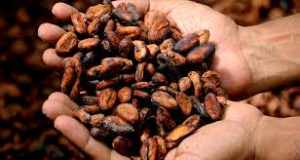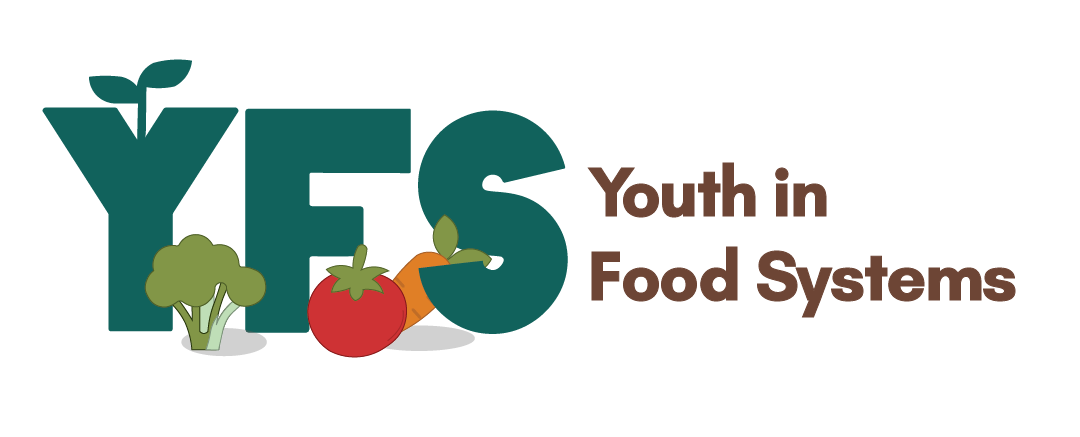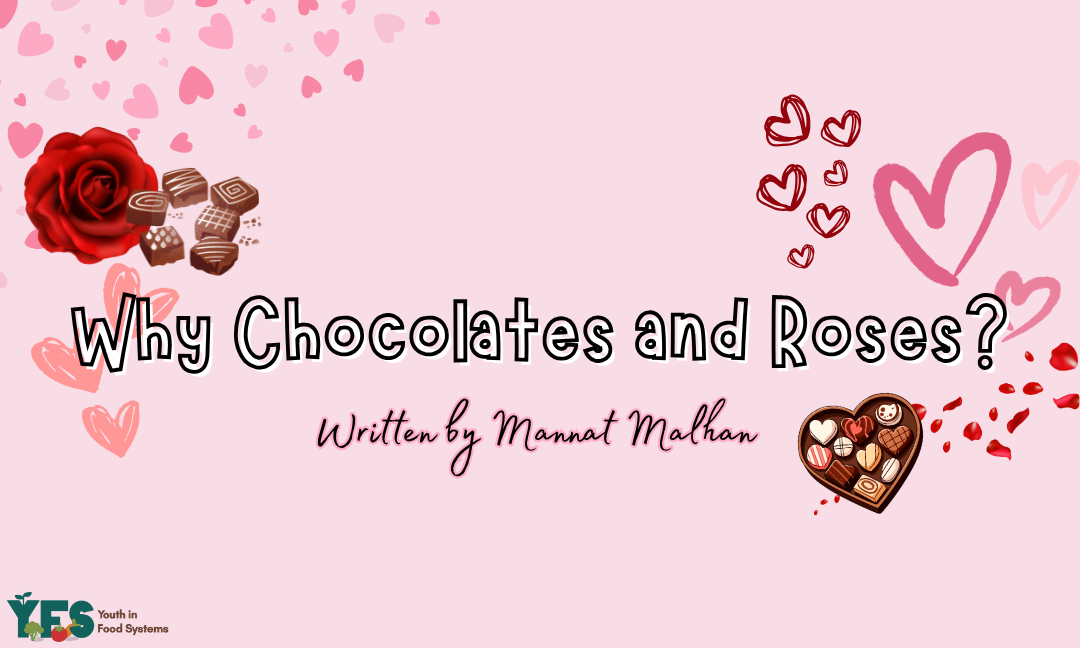Dear romantics and curious minds, have you ever stopped to consider why Valentine’s Day is synonymous with chocolate and roses? These symbols of love didn’t emerge out of nowhere. They carry rich histories, steeped in culture and tradition, that have elevated them to their iconic status. But, there’s more to them than meets the eye. As we unwrap the story behind these beloved staples, we’ll also explore how they came to be, their deeper significance, and even their ties to food systems impacting our world today.
Dear romantics and curious minds, have you ever stopped to consider why Valentine’s Day is synonymous with chocolate and roses? These symbols of love didn’t emerge out of nowhere. They carry rich histories, steeped in culture and tradition, that have elevated them to their iconic status. But, there’s more to them than meets the eye. As we unwrap the story behind these beloved staples, we’ll also explore how they came to be, their deeper significance, and even their ties to food systems impacting our world today.

Roses have been the timeless language of love and have symbolized it for centuries. In Ancient Greece, roses were associated with Aphrodite, the goddess of love. The Romans adopted this tradition, linking roses to Venus, their own goddess of love and beauty. By the Middle Ages, knights presented roses to their beloveds as a grand gesture of admiration, cementing their reputation as the ultimate romantic flower. Transitioning into the 19th century, the advent of “floriography,” the language of flowers, to popularity in Europe. Each bloom conveyed a specific feeling or sentiment, and red roses became the symbol of passionate love. Today, they remain the perfect Valentine’s Day gift.
However, in Canada, celebrating with roses comes with unique challenges. February’s frosty climate makes it nearly impossible to cultivate flowers locally, so most are imported from warmer regions such as South America. This dependence on importshas significant environmental and economic impacts. Transporting roses over long distances contributes to carbon emissions, which harms the planet. For those seeking a more sustainable Valentine’s Day, opting for locally grown flowers when possible—or even potted plants that last well beyond the holiday—is a meaningful way to celebrate love while being mindful of the Earth.
Alongside the vibrant hue of roses, there’s chocolate, the sweetest declaration of love. Chocolate’s connection to love dates back to ancient civilizations. The Mayans and Aztecs revered cacao as a divine gift, using it in sacred rituals and celebrations,including weddings. They believedcacao to possess aphrodisiac qualities, a sentiment that carried over when it reached Europe in the 16th century. Initially reserved for the rich, chocolate quickly became a symbol of luxury and indulgence. By the 19th century, Richard Cadbury revolutionized Valentine’s Day traditions by creating heart-shaped boxes filled with chocolates, intertwining the treats with love.
 Around the world, there are many options for taste and budget. From handcrafted truffles to mass-produced candy bars, there’s something for everyone. However, chocolate’s journey from cacao farms to store shelves involves complex and sometimes inequitable global food systems. Most of the world’s cacao is grown in West Africa, where farmers face low wages, difficult working conditions, and limited resource access. This reality prompts questions about the true cost of Valentine’s Day indulgences.
Around the world, there are many options for taste and budget. From handcrafted truffles to mass-produced candy bars, there’s something for everyone. However, chocolate’s journey from cacao farms to store shelves involves complex and sometimes inequitable global food systems. Most of the world’s cacao is grown in West Africa, where farmers face low wages, difficult working conditions, and limited resource access. This reality prompts questions about the true cost of Valentine’s Day indulgences.
 But, choosing fair-trade chocolate is one way to ensure your gift supports ethical practices. Fair-trade certification guarantees that farmers receive fair compensation for their labour and investments in their communities. By prioritizing these products, we can help make a more equitable food system, making Valentine’s Day a celebration of love extending beyond relationships.
But, choosing fair-trade chocolate is one way to ensure your gift supports ethical practices. Fair-trade certification guarantees that farmers receive fair compensation for their labour and investments in their communities. By prioritizing these products, we can help make a more equitable food system, making Valentine’s Day a celebration of love extending beyond relationships.
Beyond their historical and cultural significance, roses and chocolate have qualities that make them uniquely suited for love. Roses, for instance, have a scent known to reduce stress and promote relaxation. Their vibrant red hue, a colour linked with passion and love, adds to their emotional ringing. Similarly, chocolate has physiological effects. It stimulates the release of endorphins, the “happy hormones” that elevate mood, while also containing serotonin, a neurotransmitter with antidepressant properties. Dark, chocolate, in particular, is packed with antioxidants that support heart health. In essence, chocolate is a treat for the heart and soul.
As Valentine’s Day traditions evolve, so do the ways we express love. Around the world, roses and chocolate are no longer reserved exclusively for romantic relationships. They’ve become tokens of appreciation exchanged among friends, family, and even co-workers. Self-love is also taking centerstage, with many treating themselves to a bouquet or a box of chocolates, because love should always start from within.
Now, if you’re looking to add a personal touch to your Valentine’s Day, here’s a few ideas:
- Homemade Chocolate Delights: Whip up some chocolate-dipped strawberries or bake heart-shaped cookies. Handmade treats show thoughtfulness and creativity.
 Rethink Flowers: Opt for potted plants or locally sourced flowers to contribute to local businesses and reduce your carbon footprint.
Rethink Flowers: Opt for potted plants or locally sourced flowers to contribute to local businesses and reduce your carbon footprint.
As we’ve read, roses and chocolate have earned their place as Valentine’s Day staples through centuries of tradition, clever marketing, and genuine connection. However, their journey from farms and greenhouses to our hands reveals a deeper story tied to global food systems and sustainability. By understanding their origins and making thoughtful choices, we can celebrate this day of love in meaningful and mindful ways.
So, the next time you hand someone a rose or savour a piece of chocolate, remember the rich history and intricate systems that brought them to you. Whether you’re sharing these treats with a partner, or friends, or simply indulging in self-love, let them serve as a reminder of the many forms love can take.
Happy Valentine’s Day!
Works Cited
Chillemi, Anthony. “The History of Roses: Why Are They so Romantic & Symbolic?” Bedford Village Flower Shoppe, 22 Mar. 2019, bedfordvillageflowershoppe.com/2019/03/the-history-of-roses-why-are-they-so-romantic/?srsltid=AfmBOoq8_bLuKLYXh565pruVY99TCM7xS3sYQC-urKQdmqiOmQdZmNdT. Accessed 25 Jan. 2025.
“Eternity Rose.” Eternityrose.ca, 2024, www.eternityrose.ca/blog/The-History-of-How-Chocolate-Became-a-Valentines-Day-Gift?srsltid=AfmBOopze6Qdr2sls7J-UwP1F0u5-N7tMUCpLMPdvYsoPejEOgdoeu5J. Accessed 25 Jan. 2025.
Fairtrade International. (n.d.). Cocoa farmers and fair trade: Supporting ethical practices in global supply chains. Retrieved from https://www.fairtrade.net.
Huss, Efrat, et al. “The Meaning of Flowers: A Cultural and Perceptual Exploration of Ornamental Flowers.” The Open Psychology Journal, vol. 10, no. 1, 17 Aug. 2017, pp. 140–153, https://doi.org/10.2174/1874350101710010140.
Smithsonian Gardens. The Language of Flowers. Smithsonian Institution, May 2020, gardens.si.edu/wp-content/uploads/2020/05/SIGardens_HistBloom_Language_of_Flowers.pdf.
Scholey, Andrew, and Lauren Owen. “Effects of chocolate on cognitive function and mood: a systematic review.” Nutrition Reviews vol. 71,10 (2013): 665-81. doi:10.1111/nure.12065.
The World Cocoa Foundation. (2022). Cocoa farming and sustainability: Challenges in West Africa. Retrieved from https://www.worldcocoafoundation.org.
Parker, Ceri. “The Economics of the Valentine’s Day Rose.” World Economic Forum, 11 Feb. 2016, www.weforum.org/stories/2016/02/the-economics-of-the-valentine-s-day-rose/.

